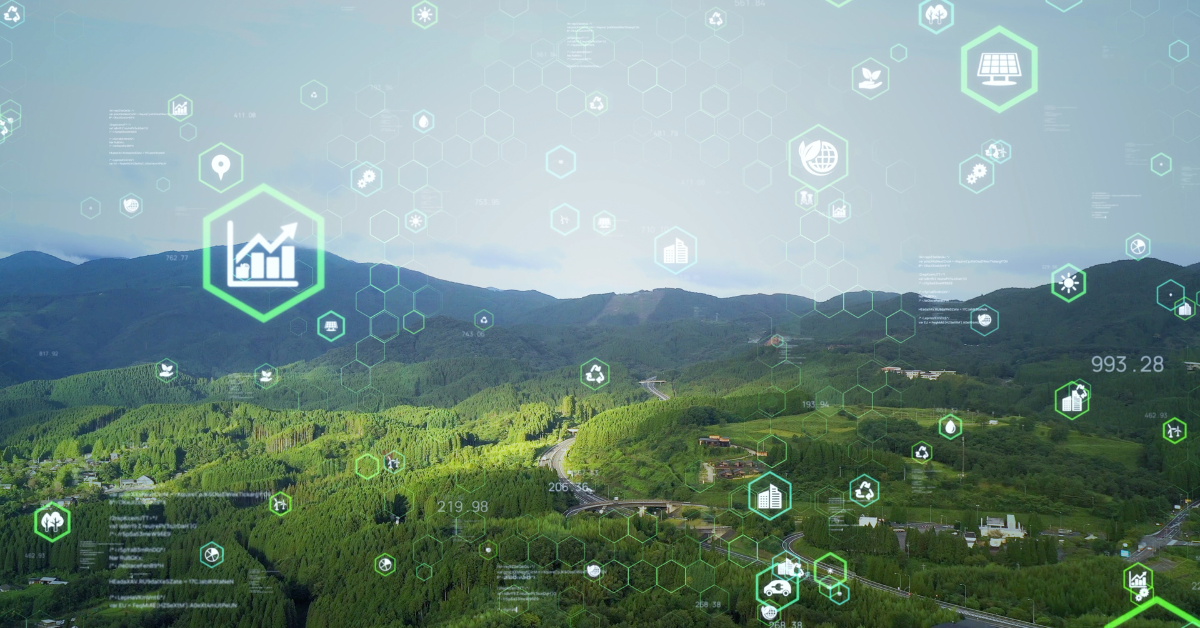
Supply Chain Risk Management is part of sustainability strategies to protect your business and build resilience. Here you can find how to do so.
Today’s businesses face increasingly complex risks associated with sustainability, such as climate change, resource scarcity, regulatory shifts, and ethical labour practices. As a response, Sustainability Risk Management has become integral within Supply Chain Risk Management (SCRM), playing a crucial role in ensuring corporate resilience and responsible operations.
The intricate web of suppliers, manufacturers, distributors, and retailers that constitute modern supply chains is susceptible to many risks, ranging from geopolitical tensions and natural disasters to cyber threats and pandemics. Consequently, implementing robust SCRM strategies is imperative to safeguard business operations and maintain a competitive advantage. The stakes have never been higher, and complacency is no longer an option.
Let’s take a look at what a SCRM is and which best practices can protect your business!
What is a SCRM?
The vulnerabilities exposed by recent global geopolitics, social and environmental disruptions have underscored the necessity for robust SCRM strategies to ensure operational continuity and resilience.
In this context, Supply Chain Risk Management (SCRM) refers to the comprehensive process of identifying, evaluating, and mitigating risks that could disrupt or compromise the integrity and performance of an organization’s supply chain.
It involves a systematic analysis of potential threats (such as geopolitical instability, natural disasters, cyber-attacks, supplier insolvency, or logistical bottlenecks) and proactively establishing measures to minimize their impact.
10 SCRM Best Practices to Protect Your Business
Integrating sustainability into Supply Chain Risk Management (SCRM) is crucial for modern businesses seeking resilience, regulatory compliance, and positive stakeholder relations.
The following ten best practices offer strategic insights and actionable guidance to proactively identify, mitigate, and manage ESG risks effectively across your entire supply chain.
1. Conduct Comprehensive Sustainability Assessments
An effective Supply Chain Risk Management (SCRM) strategy necessitates conducting comprehensive sustainability assessments to identify and mitigate potential ESG risks within the supply chain in a process that involves a meticulous evaluation of factors such as carbon footprints, resource utilization, waste management practices, and labour conditions across all supplier tiers.
In this context, implementing such assessments enables organizations to proactively address vulnerabilities, ensuring resilience and compliance with evolving regulatory standards, as reported by a Deloitte analysis that emphasizes that supply-chain ESG risk assessments are crucial for identifying critical risks and determining appropriate mitigation actions, thereby optimizing risk management efforts.
2. Diversify Suppliers Based on Sustainability Criteria
As reported by an EY research, diversifying suppliers based on sustainability criteria enables companies to enhance supply chain resilience and minimize environmental, regulatory, and reputational risks.
Companies that partner with suppliers committed to stringent ESG standards can significantly reduce their vulnerability to disruptions arising from sustainability-related issues thanks to a strategic approach that ensures a better-equipped supply chain capable of handling challenges such as environmental regulations, social compliance requirements, and ethical considerations, thereby safeguarding the company's reputation and operational continuity.
3. Promote Supplier Transparency and Collaboration
Transparency is critical to successful SCRM and sustainability integration. Businesses should encourage suppliers to openly share sustainability data and collaborate on ESG initiatives, as organizations that facilitate transparent communication and proactive partnerships with suppliers are more capable of swiftly identifying and addressing sustainability risks, thereby enhancing overall supply chain stability and operational resilience.
4. Implement Real-Time Monitoring of Sustainability Metrics
Advanced technologies such as artificial intelligence (AI), the Internet of Things (IoT), and big data analytics are instrumental for real-time monitoring of sustainability metrics.
These technologies provide instantaneous insights into supplier performance regarding environmental compliance, emissions data, and social governance practices, which enables, as highlighted by the Financial Times, companies to significantly improve supply chain visibility, enabling proactive management of ESG risks and enhancing decision-making agility in SCRM.
5. Establish Clear Sustainability Policies and Guidelines
Clear, comprehensive sustainability policies aligned with international standards and best practices are essential for effective SCRM.
Such policies should explicitly address areas including environmental management, human rights, and ethical sourcing in order to reduce ambiguity and strengthen compliance, significantly improving supply chain risk management.
6. Regularly Audit and Verify Supplier Compliance
Regularly auditing and verifying supplier compliance with sustainability standards is essential for maintaining a responsible and resilient supply chain.
Conducting independent audits, integrated into contractual agreements, fosters accountability and transparency, ensures that suppliers adhere to environmental regulations, ethical labour practices, and governance policies, thereby mitigating risks such as legal penalties and reputational damage.
7. Build Sustainability-Based Contingency Plans
The increasing frequency of climate-related events necessitates developing contingency plans explicitly addressing sustainability disruptions, such as extreme weather events and resource shortages.
These scenario-based plans should include alternative sourcing options and logistics strategies aligned with ESG principles.
8. Engage Employees through Sustainability Training
Investing in comprehensive training programs is essential to raise awareness among employees and stakeholders about sustainability risks and their implications for the supply chain. Educating staff fosters a proactive sustainability culture that anticipates and mitigates risks effectively. For instance, companies like Schneider Electric have developed programs to assist suppliers in decarbonizing their operations, emphasizing the importance of collaboration and education in achieving sustainability goals.
9. Leverage Technology for Sustainability Insights
Incorporating advanced technological solutions into Supply Chain Risk Management (SCRM) is pivotal for obtaining predictive insights into sustainability impacts, regulatory developments, and social governance issues.
Artificial intelligence (AI)-driven platforms have emerged as essential tools, enabling businesses to anticipate and effectively manage sustainability risks. For instance, AI and satellite technologies are now instrumental in monitoring deforestation, providing companies with precise data to ensure compliance with environmental regulations and to uphold sustainable sourcing practices.
10. Foster Continuous Sustainability Improvement
A continuous improvement culture is vital for effective sustainability integration within SCRM frameworks.
Organizations should routinely evaluate sustainability performance metrics, adapt strategies based on emerging trends, and incorporate learned insights into ongoing risk management processes, as in the case of Polestar, which consistently refines its sustainability strategies to respond to evolving challenges and stakeholder expectations.
Strengthening Supply Chains through Sustainability
Integrating sustainability into Supply Chain Risk Management is vital for navigating today’s complex global landscape, characterized by environmental uncertainties, evolving regulations, and shifting stakeholder expectations.
In this context, implementing the best practices shown before ensures that organizations can effectively manage sustainability risks, driving innovation, differentiation, and long-term value creation.



